The name of George Floyd looks set to enter the history books along with Rosa Parks and Emmett Till, as the face of a moment that fueled a movement. Floyd’s murder in Minneapolis was one that may have been added to the long tally of Black Americans who have died at the hands of police officers. It could have caused a brief, mostly local, flurry of attention before the world moved on.
But this time was different. This time Floyd’s murder ignited a wave of national and then global protest, a wave that is leading to changes in symbols of racism – from flags to statues – in stances of corporations, in hopes of real police reform, and of overdue reparations to Black Americans.
Here we analyze the evolution of a moment into a movement by analyzing Twitter traffic from May 27th to June 4th related to protests sparked by the death of George Floyd. These 15 million tweets were compiled using an open-source command line tool known as Twarc, which archives tweets that contain a specific qualifying term – in this case, any tweet containing the word or hashtag “protest.” (Note that owing to technical issues, some of the days do not have full collection of tweets. Only days that have tweet entries for the full day are shown here. For more details on the methodology employed, see the note below).
The Twitter traffic shows that protest-related tweets, initially strongly centered on George Floyd, quickly widened to be about Black Lives Matter more generally:
At the same time that the protests broadened from the specific case to the general cause, the movement spread out geographically, from an initial concentration in Minneapolis to other U.S. cities and other nations. Using Twitter locations and location hashtags, we can see how on May 28th Minneapolis was the epicenter:

But by June 2nd, the protest movement (as measured in Twitter location hashtags) had spread across the nation and around the world:

The sense that “this time is different” is palpable in our institutions and our communities, and our analysis here shows how quickly the movement grew. The death of George Floyd also brought similar tragedies, like that of Breonna Taylor, into public light. The question now is how far this energy will translate into concrete action, not least in terms of public policy.
Note on methodology
A single tweet can contain more than 150 different data variables. For the analyses presented here, we focus on the following information: time when the tweets was created, location of the user, the full text of the tweet or retweet, and hashtags used (which were extracted from the full text of the tweets). Hashtags are rich in information, but can vary in terms of exact in spelling of phrases, even well-known ones like #BlackLivesMatter. Once extracted, we sorted the hashtags into bundles. First, topic bundles that pertained to George Floyd, Breonna Taylor, Ahmaud Arbery, Regis Korvhinski, and more general hashtags that started with #justicefor*name*. Then, clusters of different phrases referring to Black Lives Matter were bundled, along with popular phrases used that include “take a knee” and “I can’t breathe.” (The hashtags used to create these bundles are available on request). Many of the hashtags also included locations – from cities to countries – that were also bundled together and tracked in usage throughout the days.
The authors did not receive financial support from any firm or person for this article or from any firm or person with a financial or political interest in this article. The authors are not currently officers, directors, or board members of any organization with a financial or political interest in this article.
Interactive design: Becca Portman
The Brookings Institution is committed to quality, independence, and impact.
We are supported by a diverse array of funders. In line with our values and policies, each Brookings publication represents the sole views of its author(s).


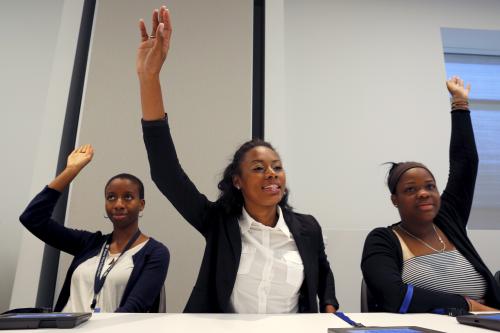
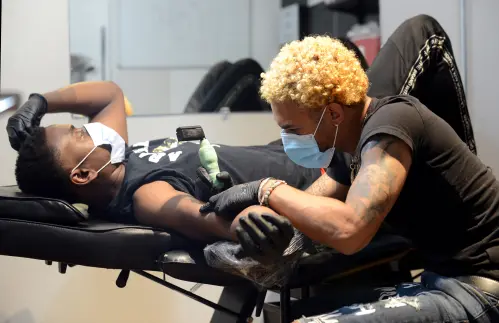

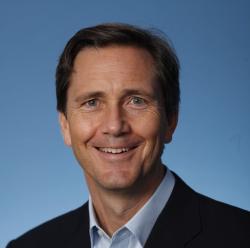

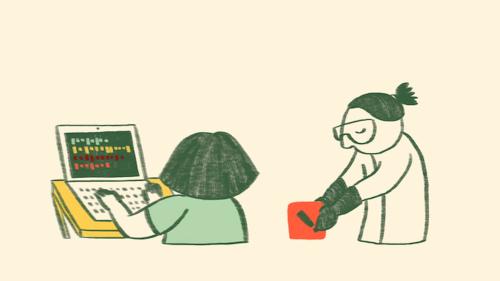
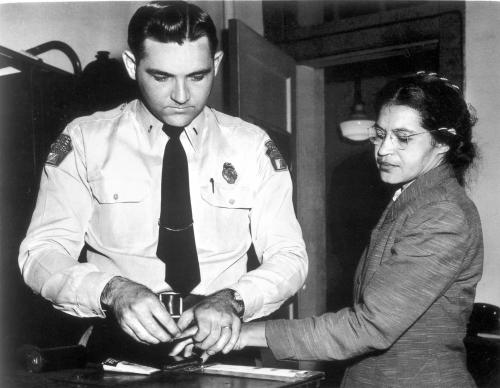
Commentary
From the George Floyd moment to a Black Lives Matter movement, in tweets
July 10, 2020